One subject that has always attracted me, but which I have always avoided until now because of its complexity, is the acoustic properties of wood. As I think it is an interesting subject for many of you, I thought it was time to talk about it, but without taking a scientific approach and telling you about the various coefficients of radiation or sound loss. It is a simple presentation of acoustic properties and how they can be used.
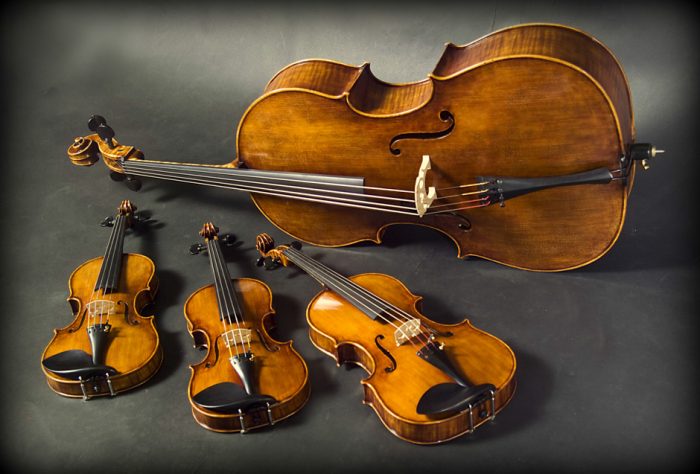
The best-known acoustic property is resonancewhich is the property of wood to propagate sound. They propagate inside the wood at a certain speed, which is different depending on the intensity of the sound, the direction of propagation and the structural elements of the wood:
- the width of the annual rings,
- pore distribution,
- regularity or irregularity of the fibre,
- wood bulk density,
- existence or absence of growth defects
- humidity.
Sound propagation along the fiber is 1.3 to 2.3 times faster than perpendicular to the fiber. The speed of sound propagation along the fiber is between 4000 and 6000 m/s and is higher in hardwood.
When the sound propagates very well inside the wood we say that the wood is resonant. A good resonance wood is one with regular annual rings, uniform grain and no growth defects (knotscracks, cracks, twisted fiber, etc). The combination of resonating wood and a vibrating element - the strings - is basically the basis of a resonating instrument such as a violin, cello or guitar.
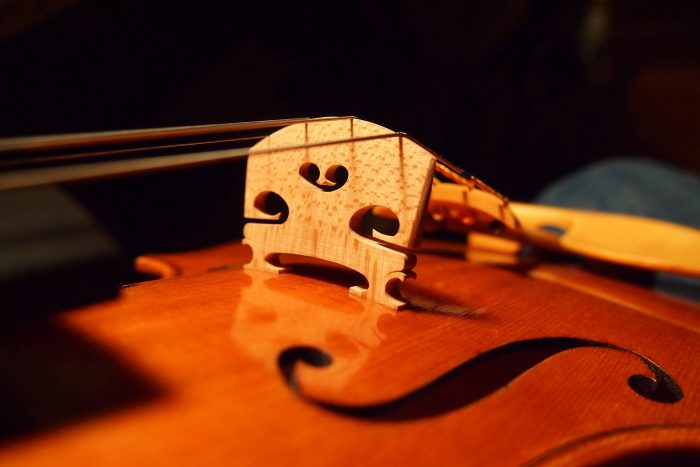
The structure of wood, as I said, has a big influence on the way sound propagates. Wood with narrow annular rings is used to make instruments for high-pitched sounds, such as violins, and wood with wide annular rings for low-pitched sounds - cello or double bass.
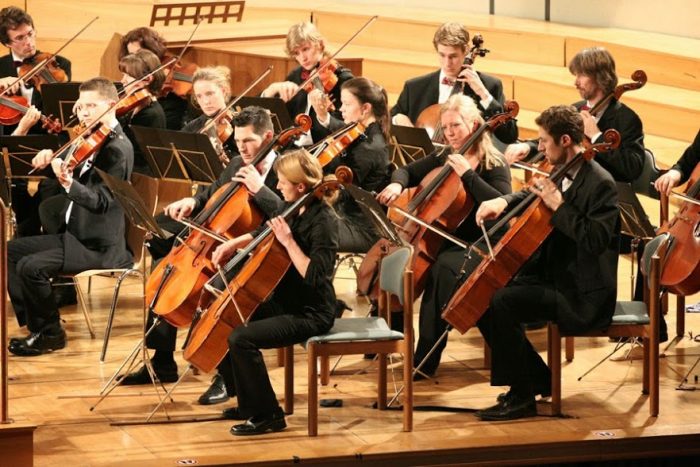
Another acoustic property of wood is that of absorption. Sound absorption is the ability of wood to absorb some of the energy of sound. The absorbing power depends on both the interior characteristics of the wood and its external appearance. Sound absorption is higher in wood with high density (hardwoods), uneven grain and high moisture content. In terms of outward appearance, the more irregular the appearance, the better the absorption, which is also true of wood-based boards, and increases with the thickness of the board. This property of wood is very useful for acoustic tuning of concert halls, conference rooms, recording studios or radio and TV studios. A wall cladding with the right materials makes the acoustics of the room much better and auditions more pleasant.
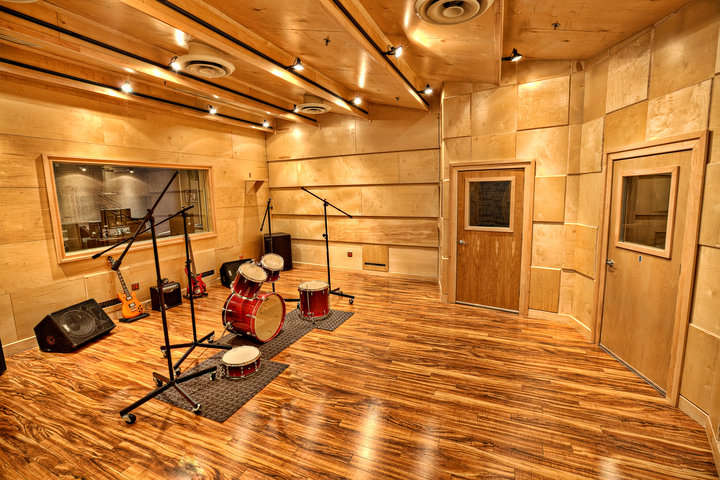
Sound insulation is the ability of wood to reduce the intensity of a sound as it passes through it. Basically, if in the case of absorption we were talking about a sound inside an enclosure that is, say, adjusted, in this case we are talking about the sound that, thanks to the barrier exerted by the wood, remains outside the enclosure. Sound insulation is necessary to protect us from sounds that are too loud, i.e. noise. To give you an idea of what this noise means, I will give you some examples of sounds, measured in decibels (dB), the unit of noise:
- 10 dB - the noise made by rustling leaves
- 40-45 dB - the level of a normal conversation
- 90-95 dB - the noise of heavy, intense traffic.
The most suitable wood for insulation is soft, porous, low-density wood. Hardwood is not a good sound insulator.
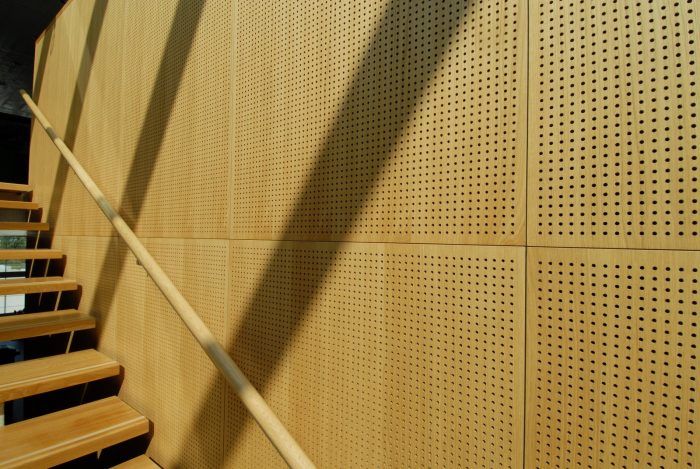
One property used when choosing wood for musical instruments is sound damping by sound energy radiation. It represents the ability of wood to damp sound through internal friction and is dependent on the speed and direction of sound propagation and apparent density. In practice, the sound does not propagate equally in all directions, thus preventing excessive resonance which would result in the destruction of the sound box. And so, even though wood is not the material with perfect acoustic conductivity, it is the most suitable material for the soundbox of instruments.
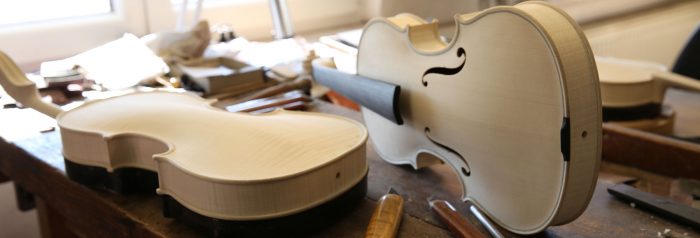
We also have in our country wood very suitable for musical instruments. There is a place in the Gurghi Mountains called the Italian Valley where, more than 200 years ago, the Italians found paltin, a very good resonance wood for violins and spruce. Reghin, the town where the first musical instruments were made in the 1950s, has become world famous for the violins and guitars made here. But about those who make here let the wood sing I've told this story before.





























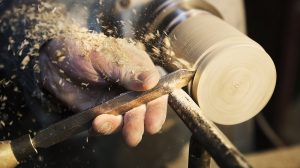




Dear Mrs. Mihaela,
Reading the article about wood resonance I found an error in the name of the mountains: the correct name would be GURGHIULUI mountains and not GUTIIULUI.
Sincerely, Eng N.Bazgan
Thank you very much. I'll correct the error immediately.
All the best!
How can one find out, in terms of the best acoustics for woodwind (flute) musical instruments?
How would the following be ordered according to sound quality: hazel, elder, ash, plum, cherry?
Thank you.